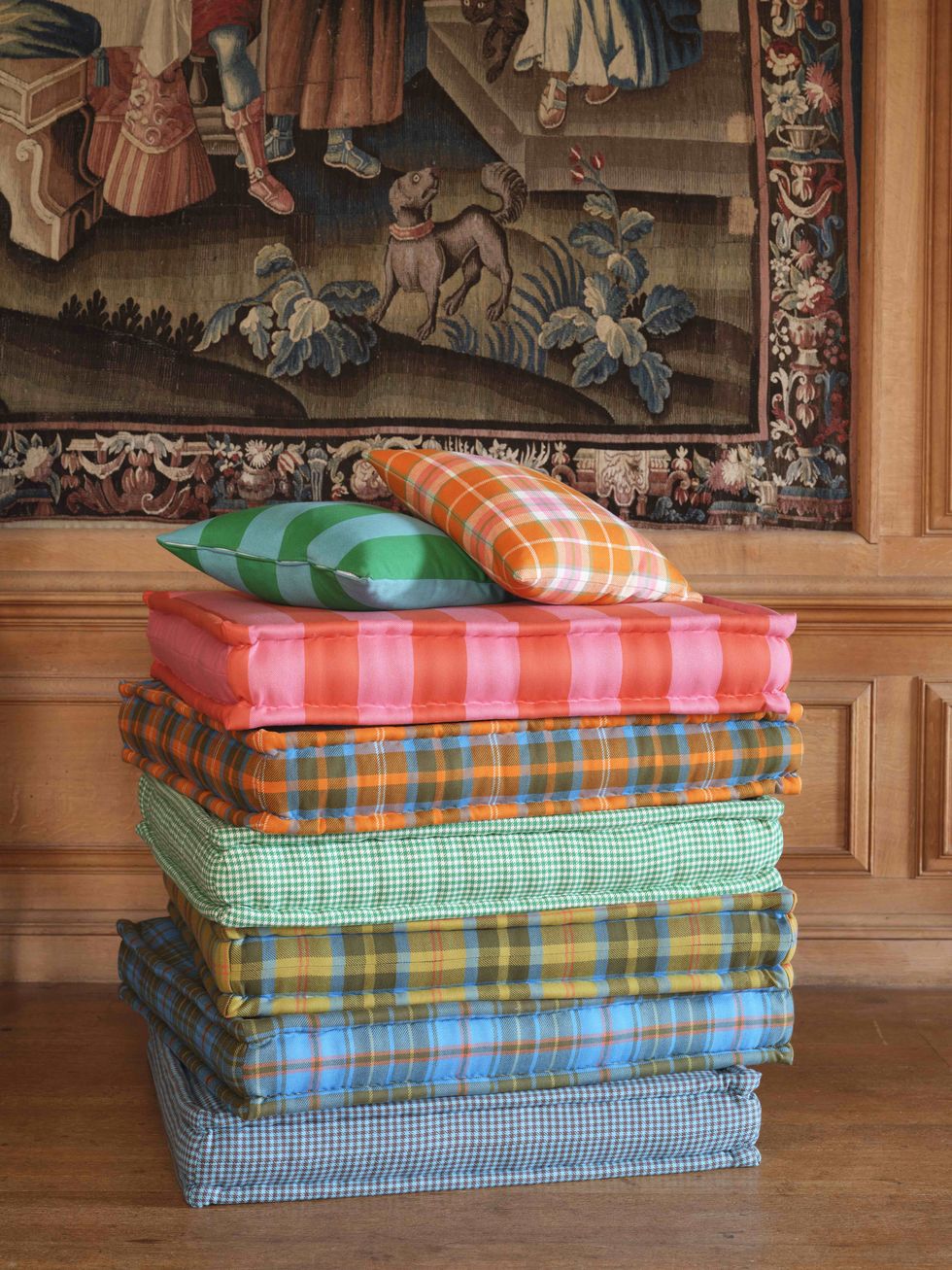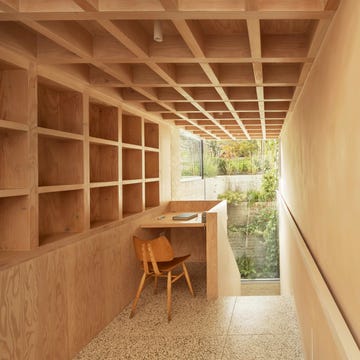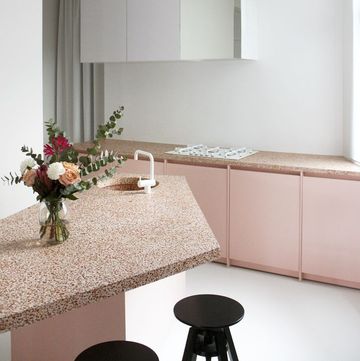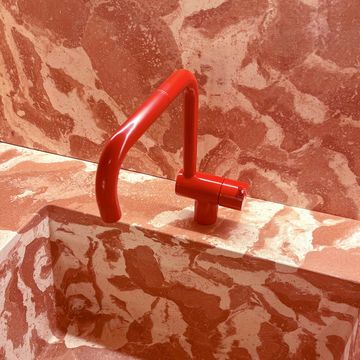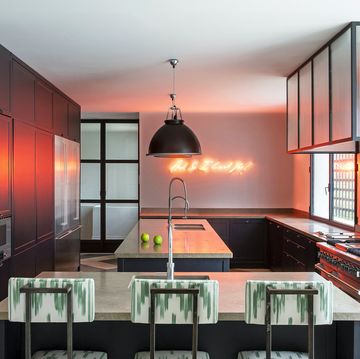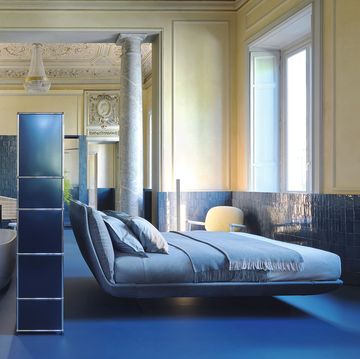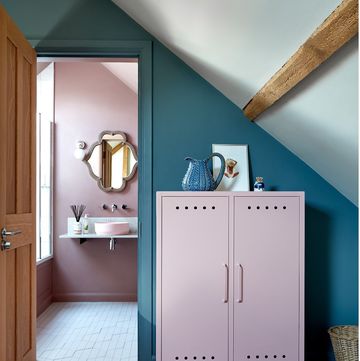In 16th-century Scotland, tartan was a family crest in fabric form. Limited to whatever plant dyes could be drawn from the local landscape, the coloured bands in warp and weft would serve as signifier for your kin or clan; a sign that you were, quite literally, cut from the same cloth.
A cousin to modish chequerboards and ginghams, plaid derives its name from the Gaelic plaide, meaning ‘blanket’. Banned for a century due to ties with the Scottish military forces, the word emerged when British and American textile manufacturers seized on the pattern’s rebounding popularity in the 1800s.
Tartan’s fortunes had turned: Queen Victoria soon bedecked Balmoral in checked drapes and upholstery, and a photograph of the current Queen in the 1970s (below) shows a plaid carpet still underfoot.
What's everyone reading?
As an emblem of nobility (an official royal tartan is strictly off-limits to commoners), it was naturally ripe for subversion. The same decade the Queen was pictured in her plaid-clad study, its place in punk history was cemented by Johnny Rotten and his tartan suits.
Vivienne Westwood and Malcolm McLaren were the pair responsible, as much inspired by the romance of Scottish lore as anti-establishment feeling. It was an exercise Westwood would describe as ‘seeing if one could put a spoke in the system’.
Soon came Alexander McQueen, whose controversial 1995 show was a reckoning with England’s historic treatment of its northern neighbour. And how could we forget the subtext of the Burberry check, finally reclaimed after years in the fashion wilderness?
So can we credit today’s plaid revival in the home to pomp or punk? Warm with
a touch of whimsy, it’s a pattern primed for a mash-up – in Hauser & Wirth’s Scottish hotel The Fife Arms, you’ll find a Picasso hung on a tartan wall.
New coffee-table tome Tartan: Romancing the Plaid lauds the pattern’s ability to create ‘instant heritage’, though emphasis is placed on how evolving colours have transformed the textile – just think of Alicia Silverstone in that bright-yellow plaid suit for cult 1995 film Clueless.
The design’s unrivalled provenance has an enduring appeal. It’s little wonder that today’s creatives are drawn to the weighty tweeds still spun in Scottish and Irish mills, their history speaking to an ongoing thread of craftsmanship that transcends trends.
The pattern also nods to a wider shift towards a layered, lived-in aesthetic – in Gen-Z vernacular, famously fond of a suffix, cabincore has displaced the frothier cottagecore. And anyway, who needs hygge when you can have a fling with the Highlands look?

